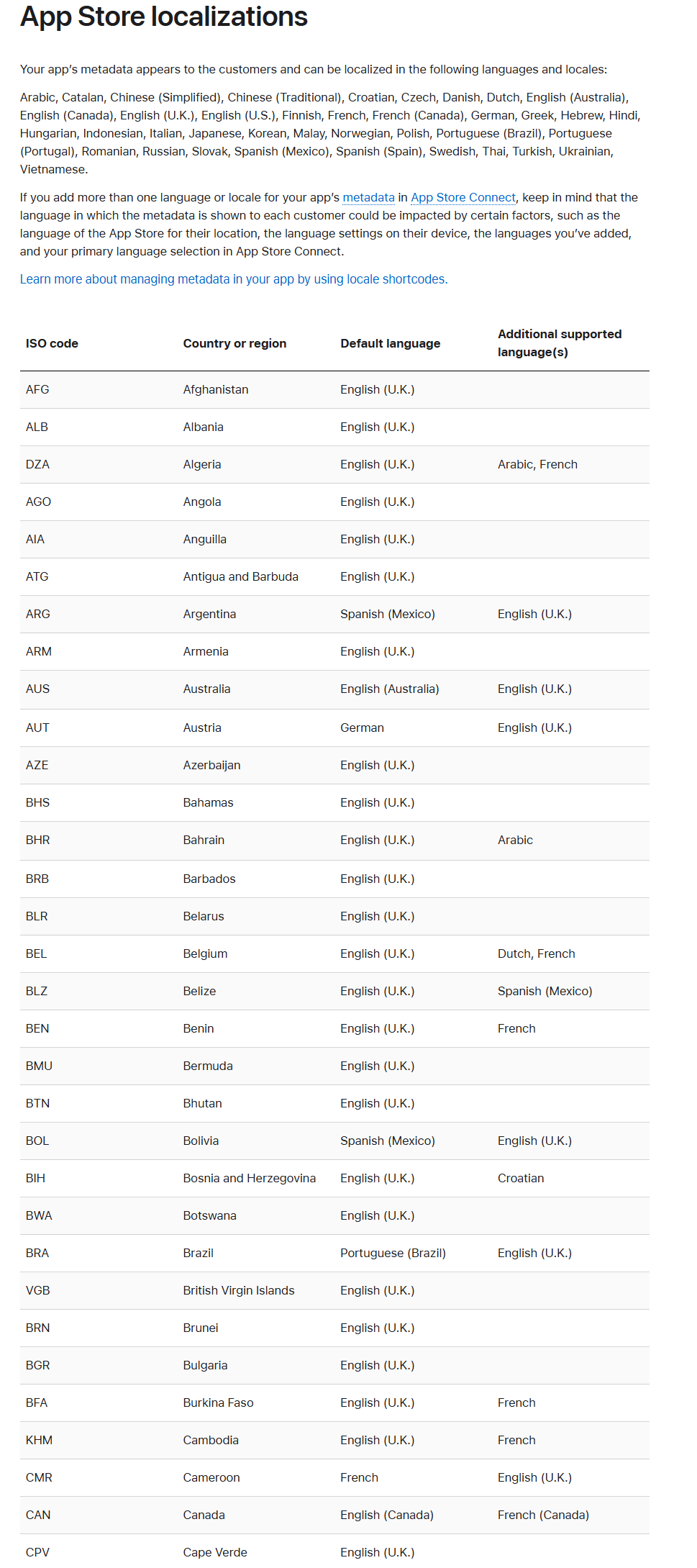ASO School
You can learn about ASO, App marketing, app store optimization and app promotional strategies here and gain the latest app market news and analysis. Helping you to carry out app store optimization and promote app data growth.
The Ultimate Guide to ASO Optimization: Achieve 300% Increase in Keyword Coverage Across Localization Strategies
2025-03-26
The Ultimate Guide to ASO Optimization: Achieve 300% Increase in Keyword Coverage Across Localization Strategies
ASO Keyword Optimization Core: The Three Major Battlefields for Breaking Character Limits
The keyword restrictions of Apple's App Store (30 characters for the app name, 30 characters for the subtitle, and 100 characters for the keyword field) often put developers in a dilemma. How can you maximize keyword coverage within limited space? Here are some battle-tested strategies that have been proven effective in global markets:
-
Application Name: The Golden Combination of Brand and High-Weight Keywords
The keywords in the app name have the highest weight and directly affect the search ranking.
-
Best practices:
-
Format:
Brand name + core keywords(such as "FitGlobal-Fitness Tracker"). -
Avoid piling up, prioritize using precise terms with high search frequency by users.
-
Subtitle: Supplement core keywords, reject repetition
The subtitle is second only to the app name in terms of weight and is key to expanding keyword coverage.
-
Key rules:
-
Add complementary keywords that complement the main title (such as "personalized training plan").
-
Do not repeat words from the main title or keyword fields to avoid wasting characters.
-
Keyword field: The scientific game of word combination and segmentation
Within 100 characters, the information density needs to be maximized through the techniques of "word formation" and "word segmentation."
-
Example of word formation:
-
Merge "Gaode Map" and "Baidu Map" into "Gaode Baidu Map", covering the search needs of both terms.
-
Word segmentation logic:
-
The system automatically splits phrases (for example, "fitness app" is split into "fitness|app"), so there is no need to manually add symbols.
Cross-Localization ASO: The Hidden Lever to Unlock Global Traffic
Through a multilingual metadata layout, keyword coverage can increase by 2-5 times, and organic downloads can grow by over 20%. Here is the practical framework:
The core principles of cross-localization ASO
Apple's indexing mechanism allows non-native language keywords to be included in the main language ranking. For example:
-
Case: After adding Spanish (Mexico) keywords to the application in the US market, English users can still trigger rankings when searching.
Global Language and Country Compatibility Matrix

6 Golden Rules for Cross-Localization
-
English globalization Use **English (British/American)** to cover 80% of the search needs in non-English speaking countries.
-
Language index verification Confirm the supported additional languages for the target country through tools such as Upup\AppTweak.
-
Zero repetition strategy In the additional languages, disable the main language keywords and prioritize covering long-tail words and variants of competitive terms.
-
Independent keywords take priority. Avoid cross-language compound words (such as English "yoga" + Spanish "meditation"), as the system cannot merge indexes.
-
Geographical relevance filtering When adding Spanish for the United States, it is necessary to evaluate whether it will affect the original strategy for the Latin American market.
-
Mixed language skills The title/subtitle remains localized, and the keyword field can mix high-weight foreign language words (such as English keywords embedded in a Spanish field).
Conclusion: The Future of ASO Optimization and Call to Action
In the fiercely competitive app market, ASO optimization has been upgraded from an "optional strategy" to a "survival necessity." Through the cross-localization strategies outlined in this article, you can not only break through character limitations but also leverage global organic traffic at a low cost. In the future, with the deepening of AI technology (such as automated word segmentation and competitor keyword mining), ASO will focus more on dynamic optimization and user behavior prediction.
Take action immediately:
-
Re-audit your metadata and clean up duplicate keywords.
-
Select 3-5 target countries to test cross-localization language combinations;
-
Use tools (such as Upup\AppTweak) to monitor ranking fluctuations and iterate strategies.
Remember: every 1% increase in keyword coverage may bring a 10% increase in organic traffic. Your app deserves to be discovered by more users!
💡Learn about AppFast's solution to increase app keyword coverage, and don't forget to participate in the following promotions to help reduce your optimization budget.
Navigation
The Ultimate Guide to ASO Optimization: Achieve 300% Increase in Keyword Coverage Across Localization Strategies
ASO Keyword Optimization Core: The Three Major Battlefields for Breaking Character Limits
Cross-Localization ASO: The Hidden Lever to Unlock Global Traffic
Conclusion: The Future of ASO Optimization and Call to Action
Free consultation with ASO specialists
Doing ASO for the first time or have no idea how to carry out targeted optimization of your app?
We offer one-on-one customized services provided by app marketing specialists
Related recommendations
Copyright © 2018 - 2021 AppFast Company, LLC. All Rights Reserved. The AppFast word mark is a
registered trademark of AppFast Company, LLC in the US and other countries.


